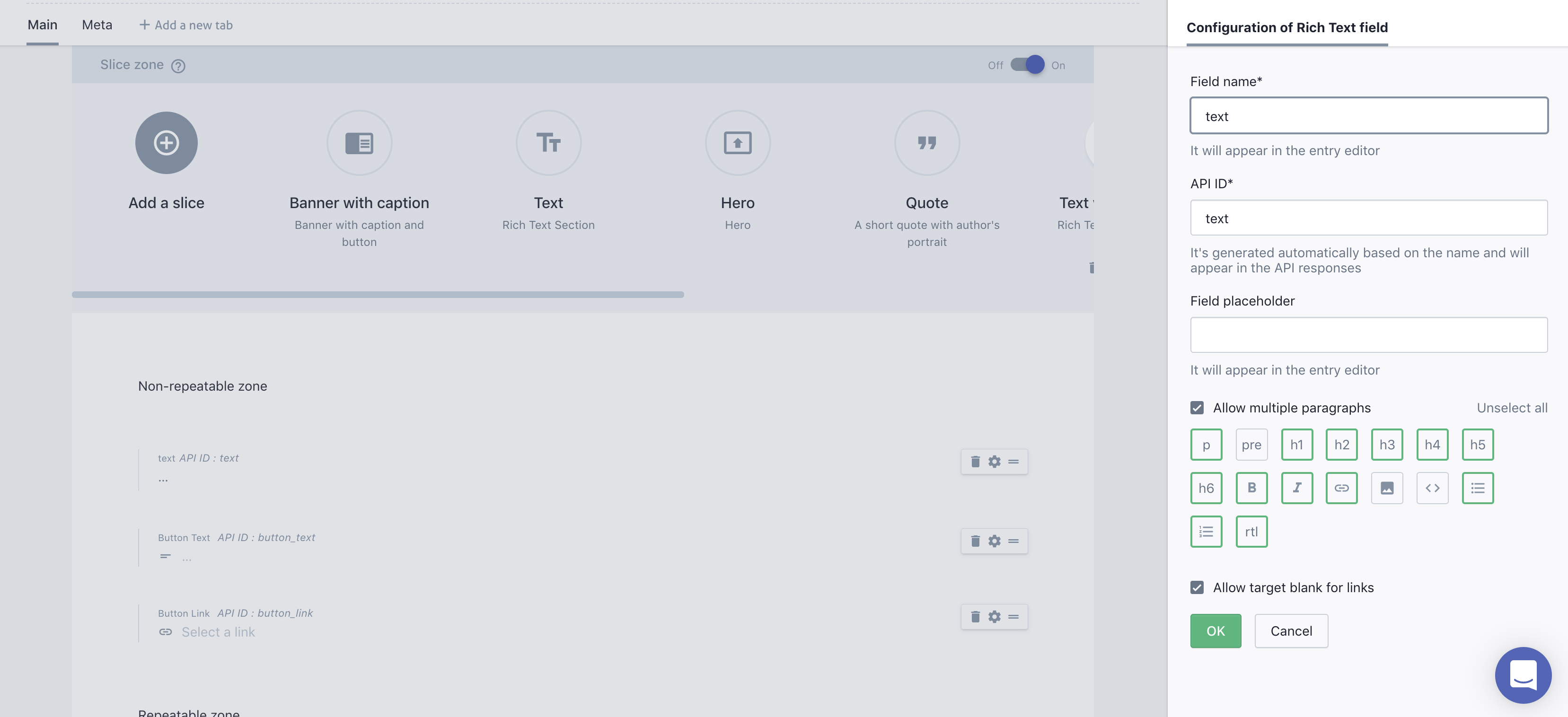

An analytical model has been developed to predict cell LIB internal pressure evolution following vent opening. The mean peak values of the heat release rate, cell surface and internal temperatures were experimentally found to be 3.6 kW, 753 ☌ and 1080 ☌, respectively. Some cells were instrumented with inserted temperature probe to facilitate in-situ measurements of both cell internal and surface temperatures. To aid the model development and provide input parameters, thermal abuse tests were conducted in extended volume accelerating rate calorimetry (EV-ARC) and cone calorimetry. The present study is focused on 4.8 Ah 21700 cylindrical LiNixCoyMnzO (NMC) LIBs at 100% state of charge (SOC) with the aim to develop a viable predictive tool for simulating LIB fires, quantifying the heat release rate and temperature evolution during LIB thermal runaway (TR). Insight is required to aid the development of protective and mitigation measures. However, the associated fire hazards are of concern. High energy density lithium-ion batteries (LIBs) are well suited for electrical vehicle applications to facilitate extended driving range. Thus, the results of this study can provide more guidance for gas generation research, gas identifications, fire early warning designs, fire suppression strategy developments, proper cell selections and storage designs for LIBs. All these parameters detected decrease at the beginning of the first eruption, but increase at the beginning of the second eruption. During the transition from the fast to the ultrafast substages, P and T1 have obvious changes. Eight thresholds of time are extracted and the cell eruption process can be divided into an in-cell pressure establishment stage, including slow, fast, and ultrafast substages an eruption stage, including first and second substages a pressure increase stage, and a pressure decrease stage. A new method is proposed and used to analyze the cell eruption process based on these parameters. The in-cell pressure near the safety valve (P), the cell side surface center temperature (T1), and the cell jet temperatures are detected. A 50 Ah commercial prismatic cell with a Li(Ni0.6Mn0.2Co0.2)O2 cathode is triggered to thermal runaway in a sealed chamber with a nitrogen atmosphere. This study aims to quantitatively reveal the LIB eruption process. Lithium-ion battery (LIB) eruptions are mainly responsible for battery fires in electric vehicles. Therefore, the BTMS design needs to take into account the high thermal load and high thermal shock caused by thermal runaway even in the absence of external air to participate in the combustion. The jet temperature and its rise rate show an increasing trend with the maximum value of 701℃ and 173℃/s detected with increasing states of charge. The results show that the farther away from the safety valve, the lower the temperature of the jet. In this work, a 50 Ah commercial prismatic cell with a Li(Ni0.6Mn0.2Co0.2)O2 cathode is triggered to a thermal runaway using external heating in a sealed chamber with a nitrogen atmosphere to avoid combustion caused by oxygen from the outside. This is closer to the real inside environment of the battery pack. However, the original temperature distribution of battery jet in an inert atmosphere and its variation with the state of charge are not very clear for prismatic Ni-rich automotive batteries. Here the site sources its data from prismic.io.The temperature of the battery jet is one of the key basic parameters for the design of battery thermal management system for vehicles, with sufficient results under combustion conditions in the presence of air. * Gatsby's data processing layer begins with “source” In your gatsby-config.js plugins : [ /*


 0 kommentar(er)
0 kommentar(er)
